The author, a lecturer in the Department of Politics at the University of Munich, looks at the postwar relationship between Europe and Japan, “civilian” superpowers in a trilateral alliance with the United States. Using a triangle metaphor, Maull notes trade relations in the 1950s and the 1960s along the European-Japanese side expanded slower than on the US-Europe and US-Japan sides. But Japan changed this situation by the 1970s, creating “asymmetries” in trade and security.
After detailing the obstacles to closer European-Japanese security cooperation, notably the two nations’ economic competitiveness, regional perspectives, and Japan’s “three pillars” of defense—security arrangements with the United States, restrictions on the Self-Defense Forces’ international intervention, and a preference for diplomacy—Maull identifies areas for cooperation as the nonproliferation of nuclear weapons, ensuring oil supply from the Middle East, and negotiations with the Soviet Union. With concerted European-Japanese efforts, Maull writes, trilateral relations can become “more partnership, less patronism, more genuine two-way communication and less willingness to take [US] leadership for granted.”
Contents
- The Postwar Context of European-Japanese Relations
- The Postwar Period: Trouble with Trade
- The Future of Trade Frictions: Business as Usual?
- Towards Broader Trilateral Co-operation: The Record of the 1970s
- Security: A New Dimension of European-Japanese Relations
- Security Asymmetries and Their New Salience
- European-Japanese Security Co-operation: The Obstacles and Achievements
- European-Japanese Security Co-operation: Future Potential
- Towards an Overhauled Trilateral Alliance System
By Hanns W. Maull


